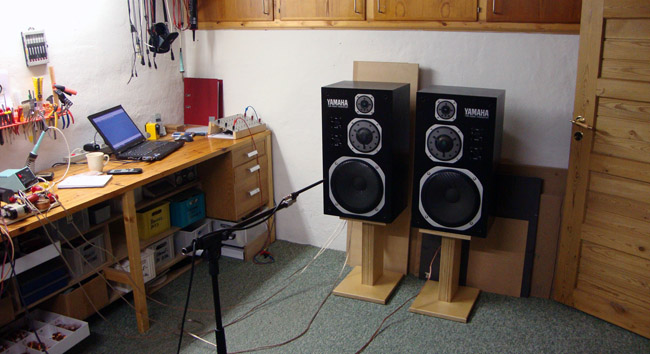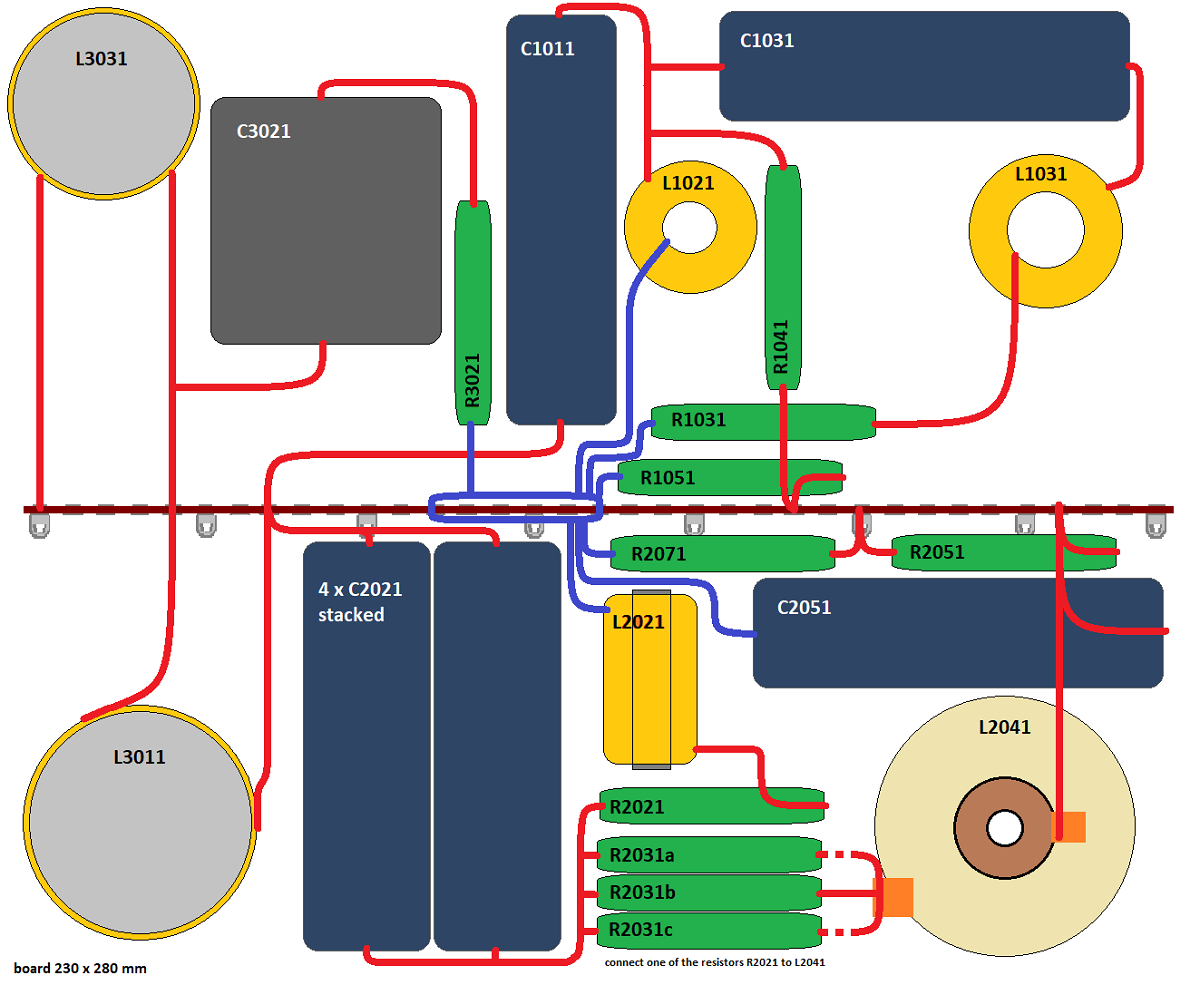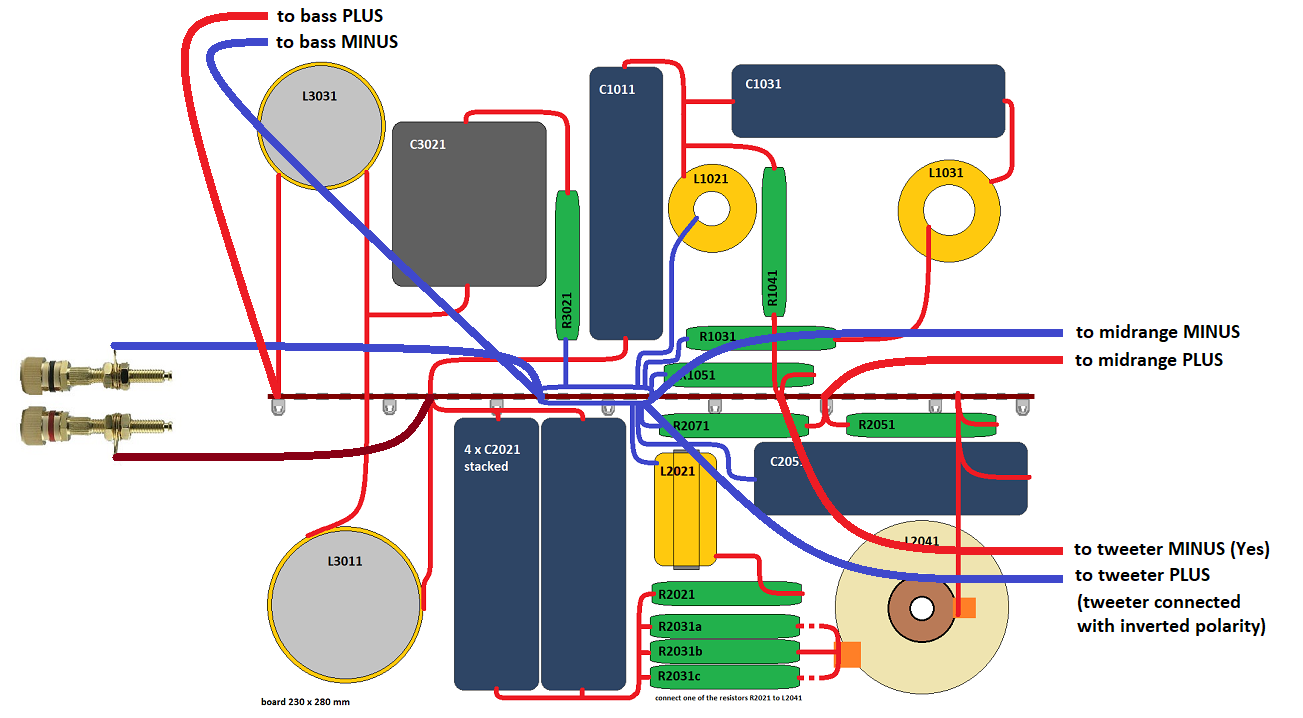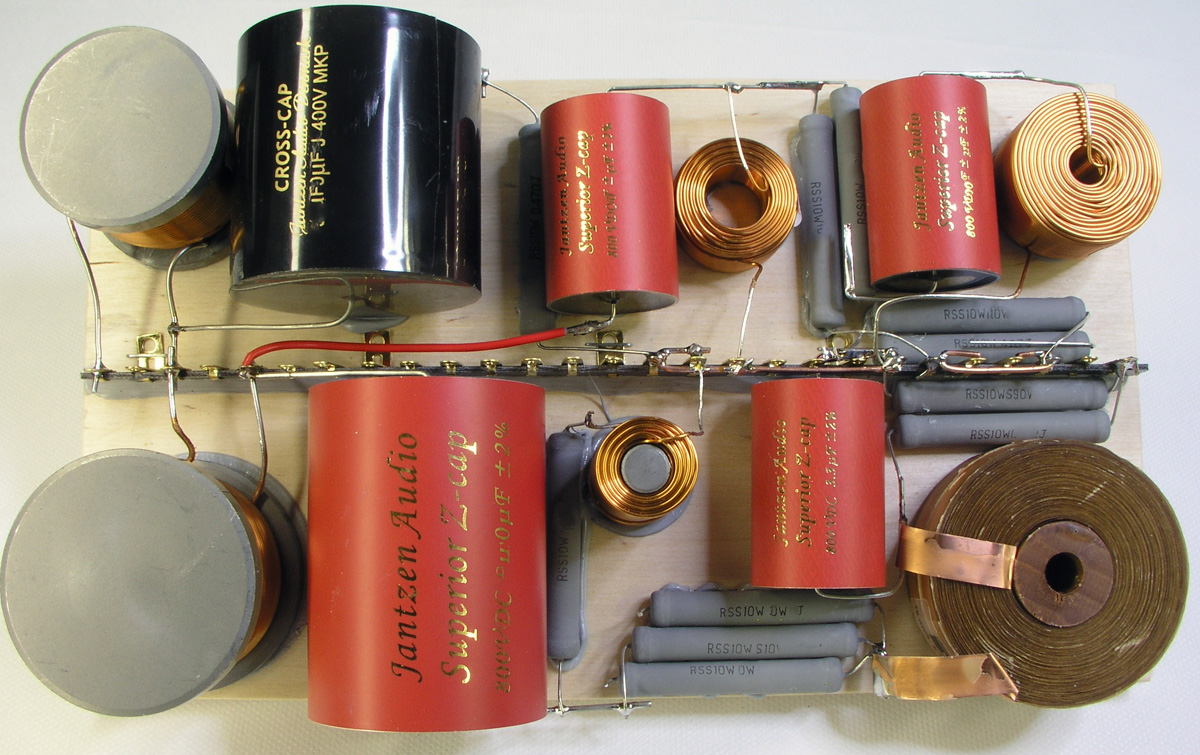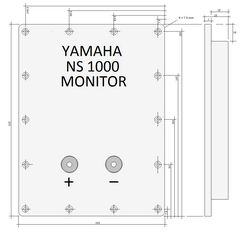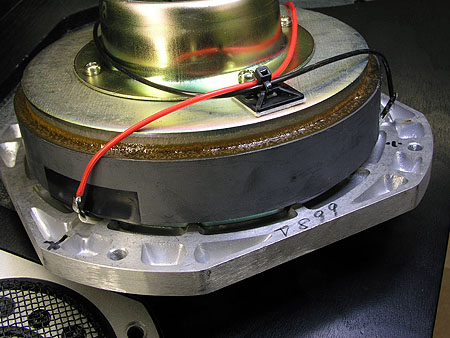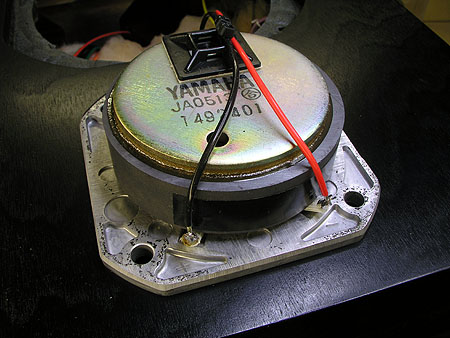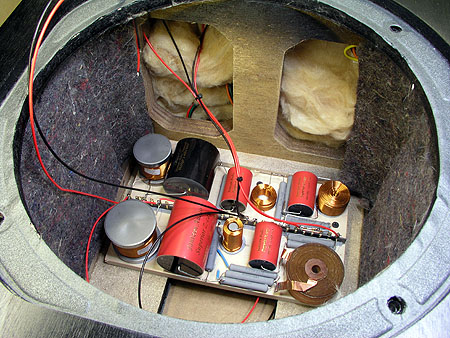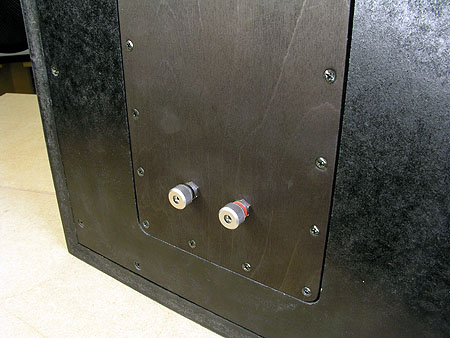|
DIY Loudspeakers: HOME INDEX UPDATES RESPONSE WHAT'S NEW
Yamaha
NS-1000
Monitor Up-Grade Kit CROSSOVER DRIVERS MEASUREMENTS NEW X-OVER CROSSOVER LAYOUT THE KIT |
|
|
Yamaha NS-1000 and
NS-1000 M (M for black monitor, same speaker) has long been on my wish list for a closer inspection and
I've had quite a few requests for a possible up-grade kit. Thanks to Niels in Aalborg, this came true
and I had a pair of pristine condition speakers for my scrutiny. Niels brought the speakers and we sat it up
in my listening room driven by my Jungson JA88D power section;
the same Niels does at home.
Before reading on, please pay notice to the fact that the attenuators will no longer be operational with the new crossover. This doesn't mean you cannot adjust mid and tweeter level. A range of fixed resistors are provided with the kit that allows adjustments of mid and tweeter level. Attenuators are generally regarded as no-no in serious hifi, they may be worn over time or indeed not provide a constant load for the crossover. If frequent adjustment of mid and tweeter level is requested, a terminal bridge can be placed on the rear terminal panel for easy access. It soon became clear that not
a whole lot is needed to bring these speakers up to date. They present a level of
transparency rarely heard, and by a comfortable margin supersedes
many modern speakers. It's hard to believe they're not
still in production as they do so many things so right. I
even love the "no-no" attenuators allowing proper
adjusting of mid and tweeter level to match your room, your
equipment and not least your taste. This could sometimes save people
serious dollars in cables and other tweaks. The middome provides a
phenomenal dispersion that requires a recessed on-axis response in the
midrange to present an overall balanced sound. NS-1000 can be placed fairly close to the front wall without losing too much sense of depth and perspective - and they don't mind a bit of room-gain to compensate for the early low-end roll-off. NS1000 doesn't go particularly deep. At 50 Hz we're down some 3 dB. Due to the properties of the bass drivers and cabinet tuning we have some elevated response in the ~80-120 Hz region adding volume and warmth to the overall sound and I haven' done anything to change the performance here. An LCR impedance flattening circuit could easily change this (550 uF + 18 mH + 6R8 for those who want to experiment). Trying out two Variovents could be another area of experimentation, but deep bass we're never going to get. I wouldn't consider a vented cabinet for this bass driver although 80 litres and a vent tuning of e.g. 28 Hz does look better (-6 dB @ 30 Hz). If we imagine sitting at the conference table at YAMAHA back then and setting the targets for a new 50 litre 3-way, there may have been arguments for using a 10" bass driver. We might even maintain system sensitivity with a 10" bass driver and we could easily get another 5-10 Hz bass extension. Two arguments may have prevailed: 1) JBL's got a 12" system out already with this size bass driver and 2) a 12" driver loads the room like no 10" does; we can't just replace cone area with increased X-max. It doesn't work that way. And a 10" version would be a logical next step for a more domesticated version at lower price. Could be fun reading the minutes from these meetings... The new
crossover is designed to maintain the basic virtues of the old
crossover, i.e. points of crossover have not been changed, neither the
option of balancing mid and treble level to actual room acoustics,
your system and personal taste, albeit not as much as the L-pads, but I
guess no one is using these to the extremes. The improvements in sound
comes from: The new crossover delivers a more balanced bass reproduction and
better bass-mid integration. The mid/lower treble is seriously
improved by the super caps and the increased sense of depth and
perspective is hard to ignore. Treble (from the tweeter) is hard to comment on as the
middome does so much of it. However, the apparent lack of response in
the upper octave based on measurements are not confirmed by listening.
There are lots of airiness from what the beryllium tweeter can manage.
|
|
|
The NS-1000 was developed in the mid Seventies and part of the story can be found here at the vintage knob, and I won't engage in historical details, rather comment on what I hear and measure. The basic set-up is this: For bass we have hard pressed paper cone with coated fabric surround. Good, because this will last for decades. Fs is around 20 Hz and Qt = 0.27 and we have a 50 litre closed box providing an F3 of 49 Hz. The cabinet is entirely filled with glass fibre to increase virtual volume. Closed box lovers will like what it does and I agree. Bass quality is good and appears fairly deep given the modest sized enclosure. Comparing the bass to my DTQWT there's some lack of punch and drama in upper bass/lower mid, but overall good for the size. For mid we
have an exclusive 3.5" beryllium dome. Beryllium has recently been
reintroduced by Focal, ScanSpeak and SEAS for dome tweeters, but I think this Yamaha is
the one-and-only when it comes to mid-domes except for 4" compression
driver diaphragms. For tweeter we have a 30 mm Beryllium dome and despite limited frequency extension - it drops rapidly above ~15 kHz - it blends very well with the middome and does what a tweeter dome should do. The low-end roll-off is somewhat ragged, but with the high point of crossover this is only a minor issue. It is claimed it goes way beyond 20 kHz but it certainly doesn't, and given the consistency between the two domes at hand, I don't think there's anything wrong with them. The crossover is a fairly simple 2nd order (electrically) on all slopes mostly providing close to 4th order roll-offs. As we shall see later this doesn't work fully optimal for bass and tweeter and there are room for improvements. NS-1000M is a special speaker by today's standard. The use of a 12" bass driver in a small closed box, the use of the beryllium domes, the unusual dispersion all through the midrange and up to its upper limit and it's ability to reveal detail and transparency like few speakers can do. It is somewhat demanding on associated equipment and it doesn't play rubbish recordings without telling you so. For those who take the time sourcing the right equipment and experiment with placement and mid/tweeter attenuation, it may be a lasting love affair. I'm not sure there's a plug'n play speaker, but this is not one of them.
YAMAHA
NS1000 Crossover
Bass drivers cones made from hard pressed paper pulp and fabric suspension. Despite age, these drivers display only modest sagging, something that makes most vintage drivers less than optimal (voice coil not properly centered in magnet gap). An unusual high mechanical Q of 6.5 is the result. Actually this bass driver sounds pretty awful on the MLS signal suggesting a steadily rising response and a ragged frequency response. And so it is.This is nothing unusual for a hard-cone driver but with the 2nd order, 500 Hz point of crossover, this doesn't impact midrange presentation too much, but there is room for improvements.
The 12" bass driver in a heavily damped 50 litre enclosure should make F3 = ~50 Hz. Go to NS1000 box simulation here.
Left: Response of all drivers taken at 0.25 meter, normalised for 1 meter/2.8 volts. The bass response left me a little confused as it appears we have a basic sensitivity of some 92 dB, but even at 0.25 meter the response is only valid down to around 250 Hz due to room reflections. Making nearfield measurement isn't easy with the grille preventing placing the microphone 1 mm from the cone. Measuring with the microphone as close to the grille as possible (image to the right) reveals the black graph. Adding the used low-pass filter makes the green graph. At 0.25 m distance (red graph) it appears the point of crossover is around 500 Hz and a system sensitivity around 88 dB. This is more like it. The NS1000 is not for SET fans unless you never play very loud. They could easily drive my Audio Mirror 45 wpc SET amps to clipping. These speakers need a healthy 80-100 watts or more.
Left: Impact on frequency response from mid attenuator. Green =
"normal" as the dial says. Beige is -2 dB and red is the preferred
position, -3 dB.
Initially I thought there was little to do on the NS1000 crossover, but there's a honeymoon for all good things. After extended listening a few things come to mind. As mentioned earlier some trouble in middle midrange (320-640 Hz), minor harshness in upper treble range and last but not least, what happens if all electrolytic caps are replaced by modern super caps? First of all, let's examine the crossover. Here we have the original again:
What has
happened here is modest fine-tuning of crossover slopes and the
attenuators are gone. Bass low-pass section is replaced by a 3rd order
filter, providing LR4 slope and enhancing phase tracking between bass
and mid-dome. Using the attenuators
In case you want to
maintain the attenuators, you wire the speakers like seen above.
Attenuators have a bad reputation, but usually from failing after many
years of service. From my own experiments new attenuators do not
degrade the sound as such. Whether your Yamaha attenuators need
replacing is hard to say, but if you can turn them fully without pops
or cracks, they're probably OK and you can wire as above. For
replacements you need to go to eBay and source similar products. Fostex has some nice products, but not cheap at all.
https://www.ebay.co.uk, and 100 watt is more than enough.
Midrange attenuation
Tweeter attenuation
An in-room measurement from a 32k length MLS signal, average of 10 measurements and with 1/6 octave smoothing. As can be seen my room does fairly well; some +/- 5 dB up to 1 kHz and above very smooth. Left and right speaker shown. As can also be seen the NS1000 really doesn't do much below 50 Hz (please note 20 dB scaling!).
Left: Speakers on 45
cm stands (image below) and with 50 cm between rear of cabinet and
front wall (about 80 cm from the front of the speakers)
There are two levels with various capacitors, from Alumen-Z (level-1) to Silver-Z (level-2). Complete kit only available from Jantzen Audio, contact@jantzen-audio.com Please state where you live for full quotation incl. shipping. All kit and component prices may be subject to change and are always to be confirmed by Jantzen Audio Denmark. Download Kit Sales presentations:
All technical questions to me at troels.gravesen@hotmail.com
Check this out before start making crossovers: http://www.troelsgravesen.dk/tips.htm#CONSTRUCTION_OF_CROSSOVERS
For level 2 and 3, replace
Alumen-Z with Superior-Z/Silver-Z. Speaker wiring
The panel IS NOT included in the kit. Mark, UK, found these dimensions on his NS1000. Check out your own before cutting sheets. Polarity of mid and tweeter domes The tweeter has a clear indication of polarity on the frame, so no problem here. The middome unfortunately does not, and there's only one way to connect the middome - the right way.
|
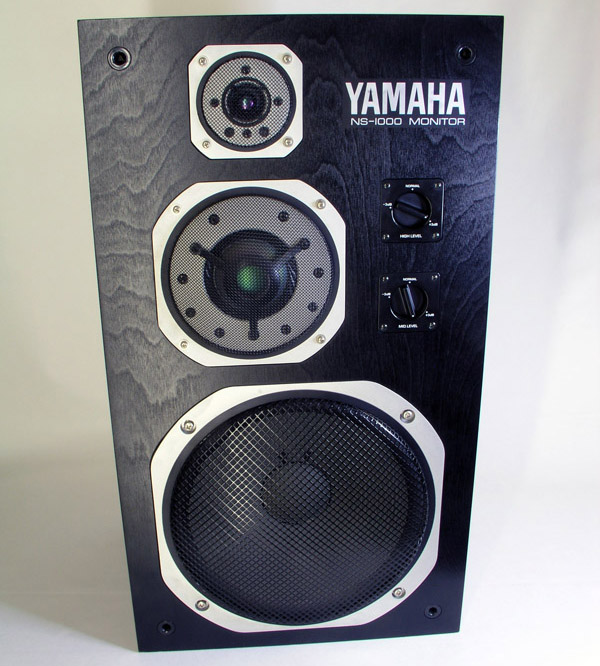
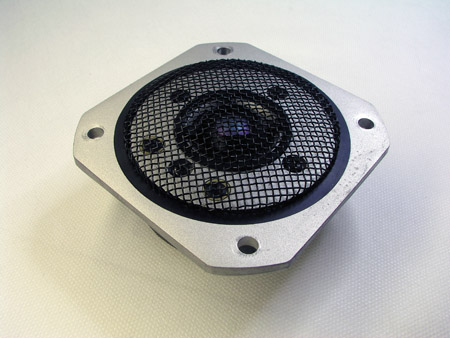
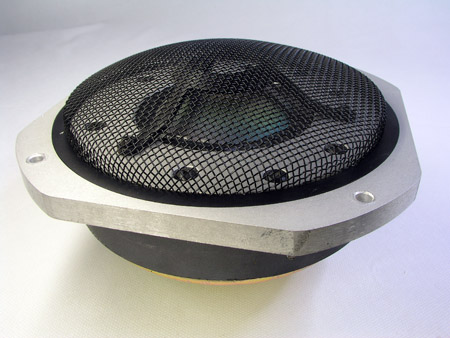


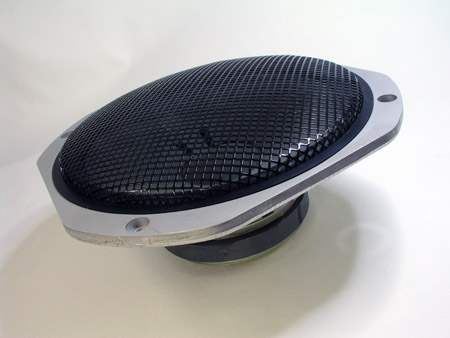
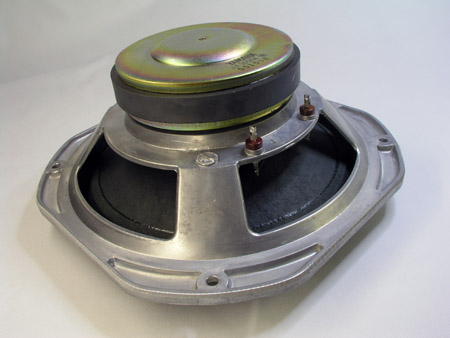
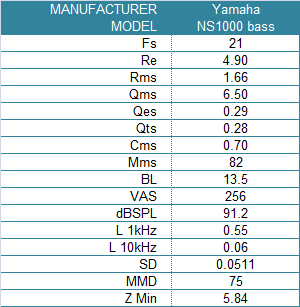
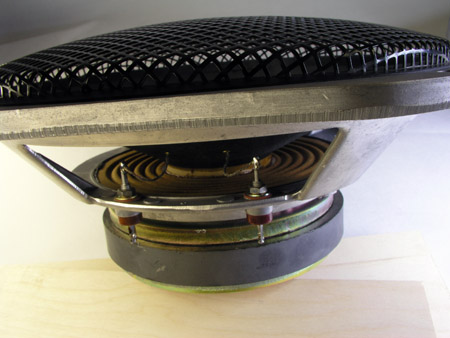
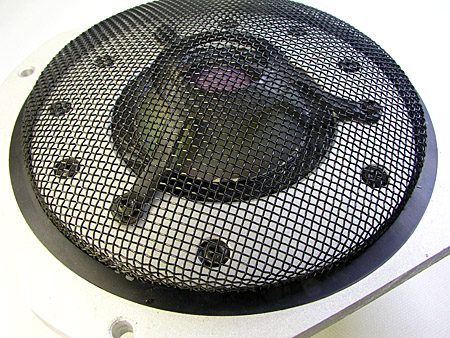
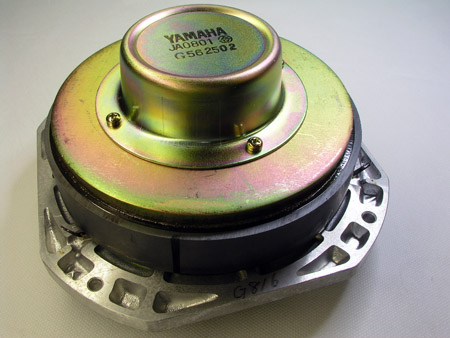
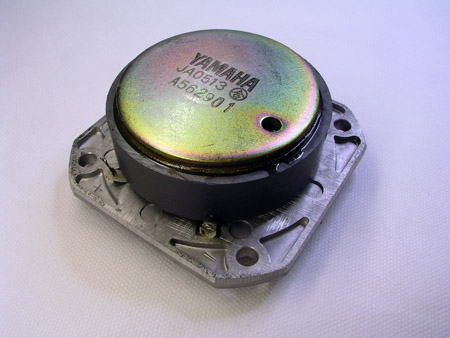
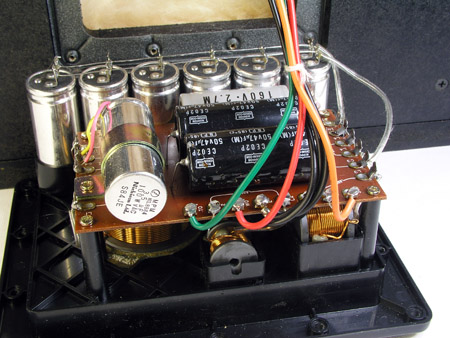
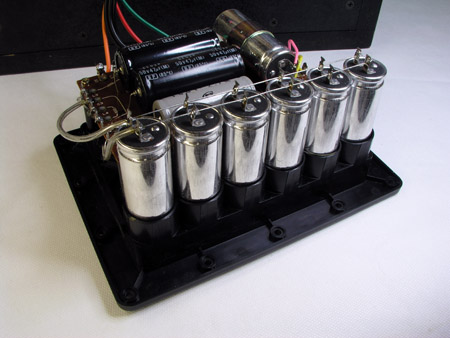
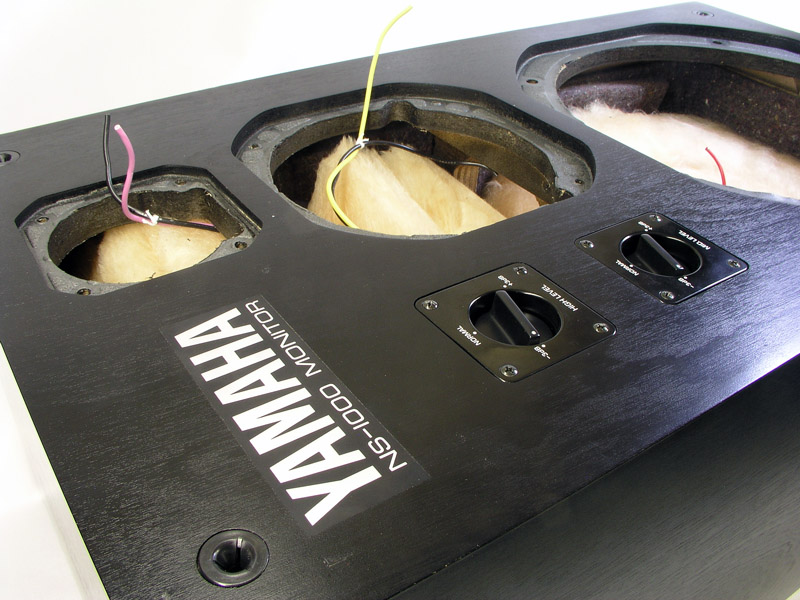
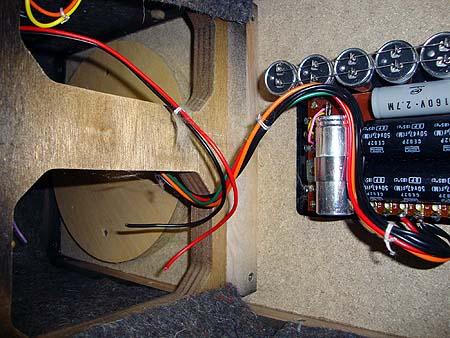
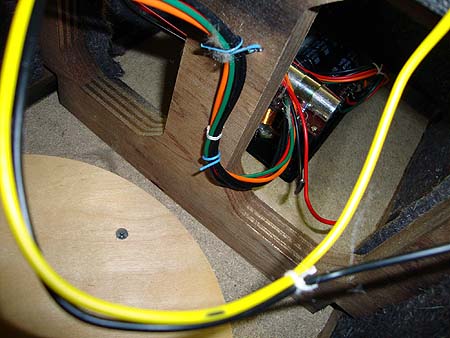
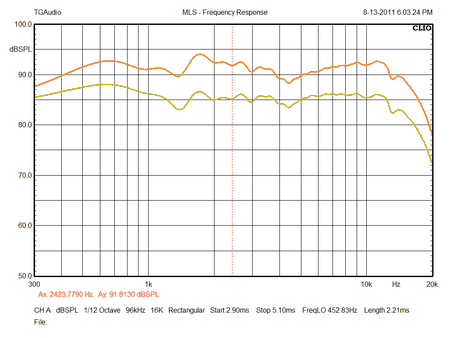
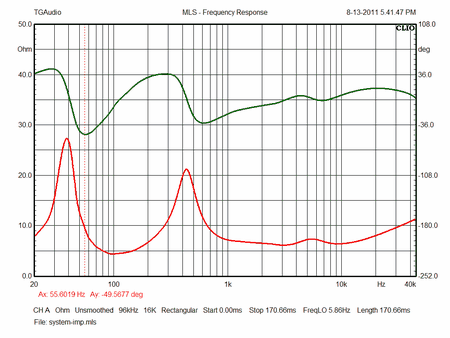
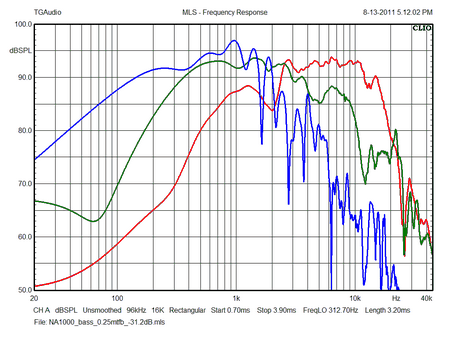
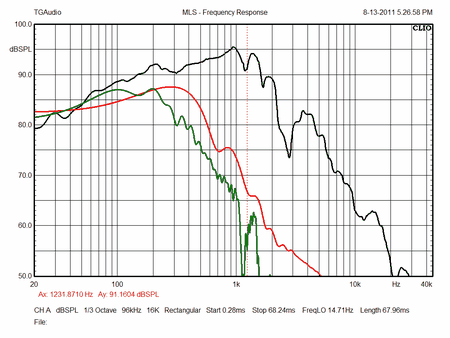
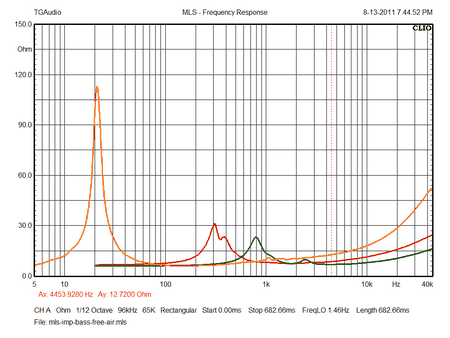
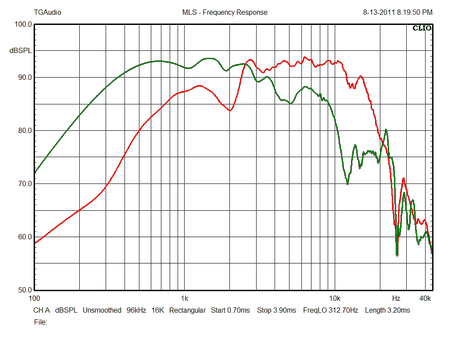
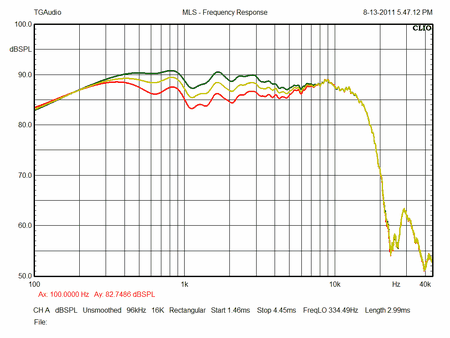
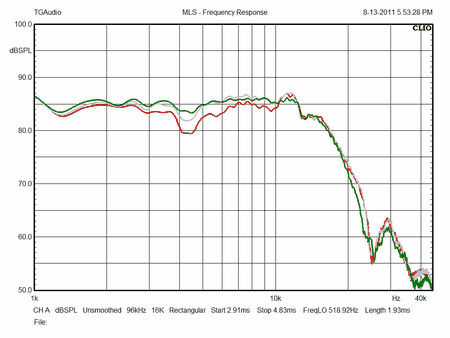
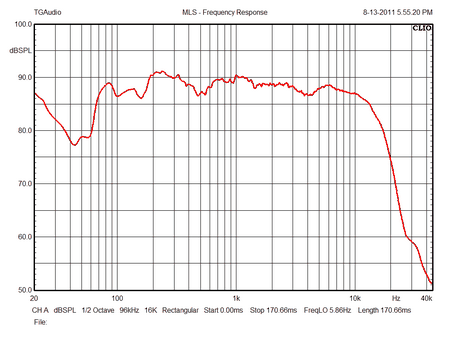
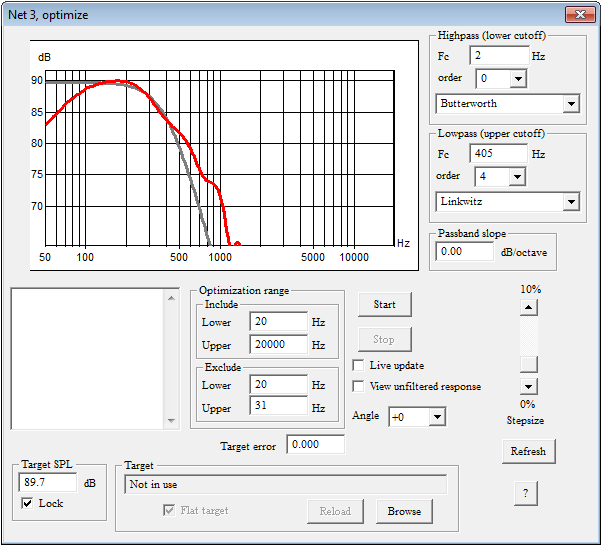
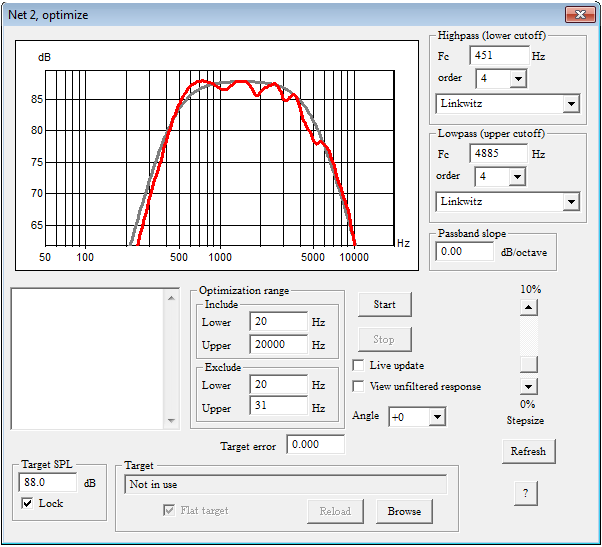
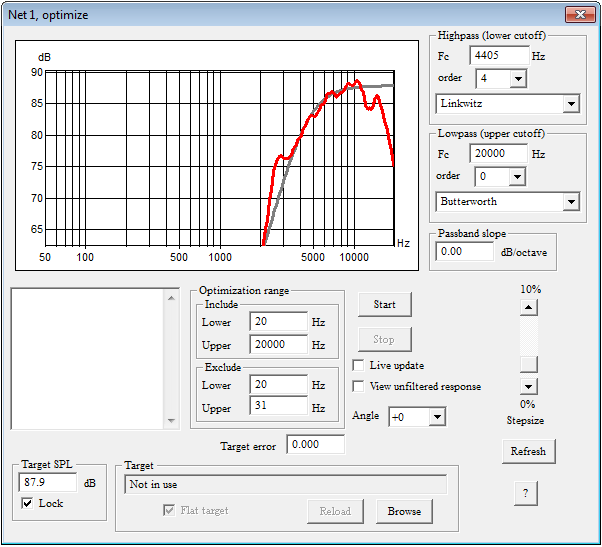
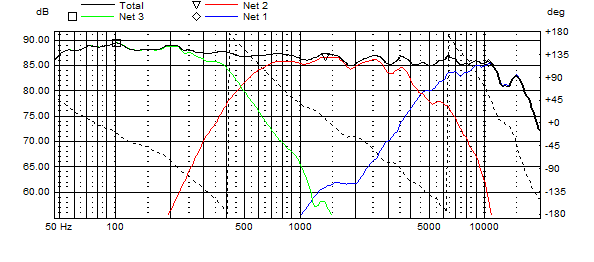
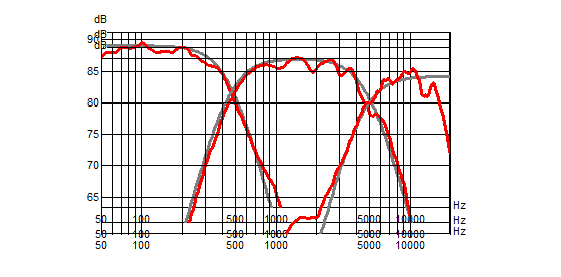

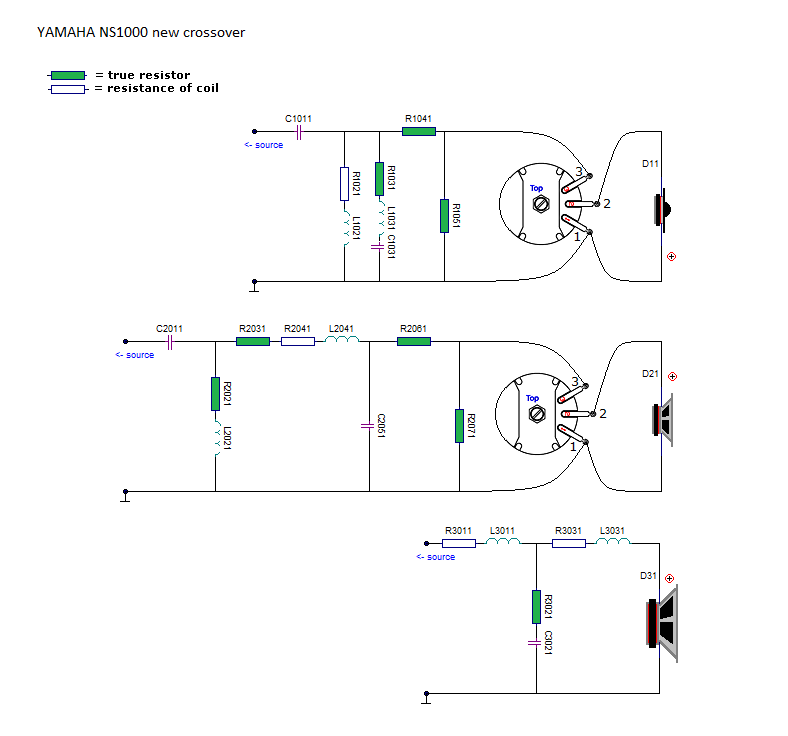
.gif)
.gif)
.gif)
.gif)
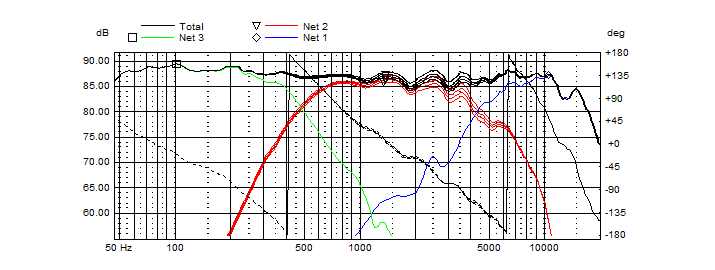
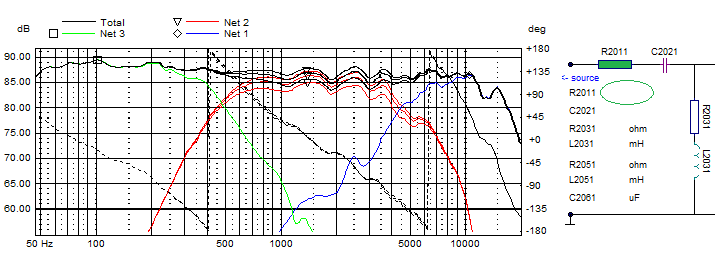
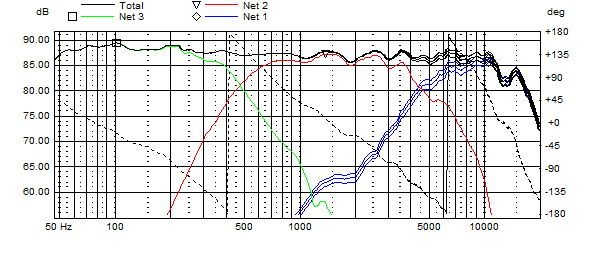
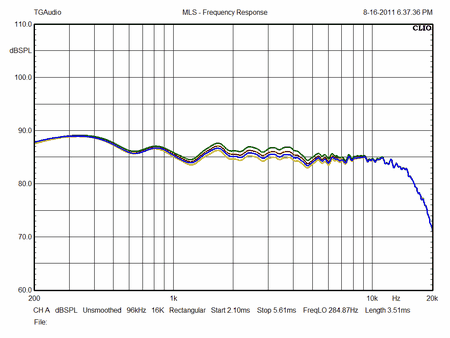
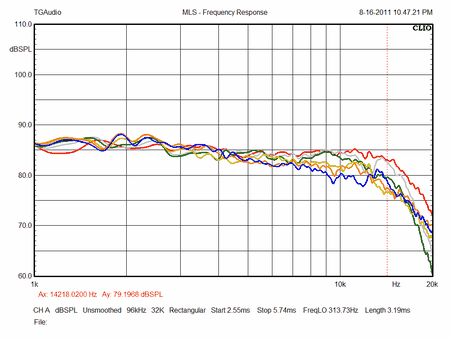
.gif)
.gif)

